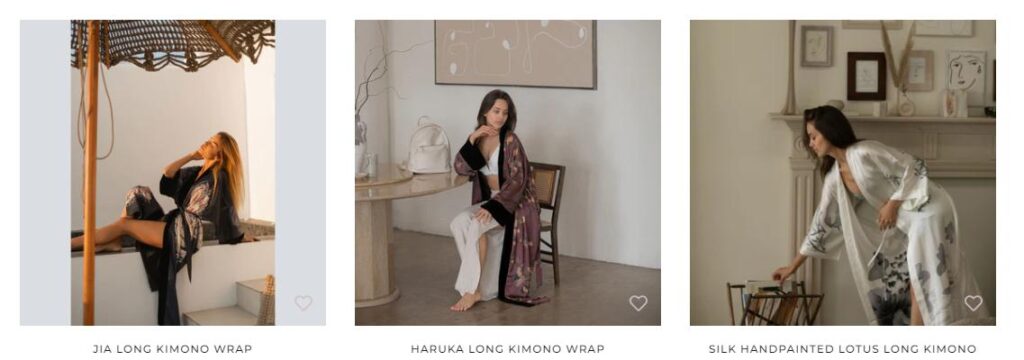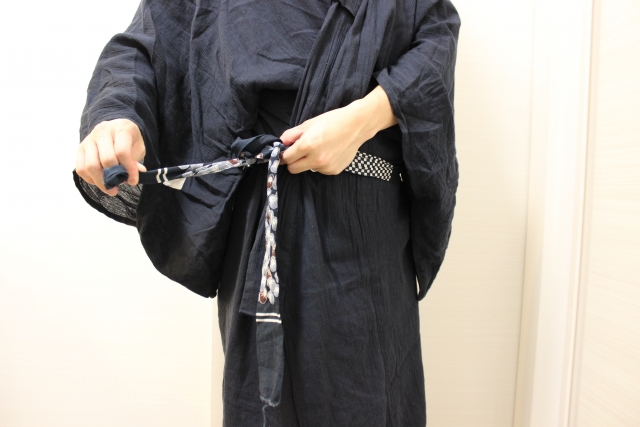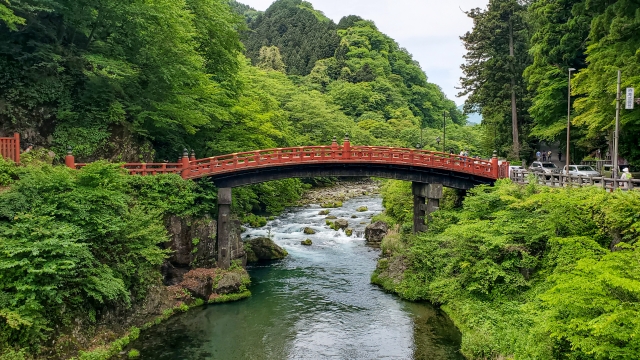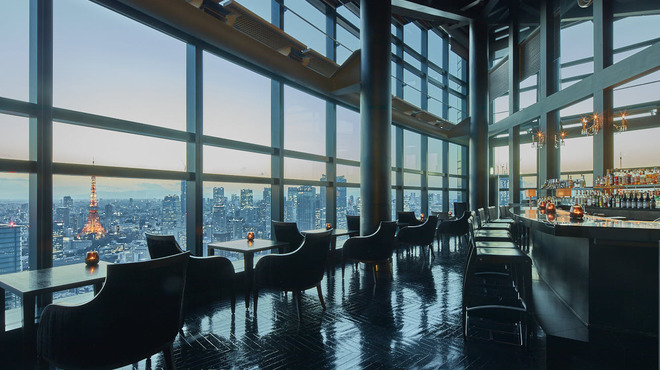The Evolution of Kimono Robes

The kimono, a traditional Japanese garment with a history spanning centuries, has evolved significantly over time. Originally, kimonos were worn as daily attire in Japan, but their role and design have transformed dramatically, leading to the development of various styles such as the kimono bathrobe, a popular women’s wear in contemporary fashion.
From Tradition to Modernity: The Evolution of the Kimono
The journey from traditional kimonos to modern adaptations like the kimono bathrobe reflects the changing needs and fashion sensibilities of society. The original kimono, often made of silk and adorned with intricate designs, was a symbol of status and heritage in Japanese culture. Today, while traditional kimonos are still revered and worn on special occasions, the emergence of the kimono bathrobe showcases a shift towards casual and comfortable fashion. These bathrobes, influenced by the original kimono design, are typically lighter, often made from materials like cotton or satin, and are worn by women across the globe, not just in Asia.
Diverse Inspirations: The Kimono’s Influence on Global Fashion
Moreover, the kimono has inspired various other garments, such as the silk kimono dress, a more formal and elegant interpretation, and the kimono-style robe, which is a fusion of Eastern and Western design elements. These adaptations have led to the creation of specific styles like the sleep kimono, a more relaxed version designed for comfort at home, and the kimono gown, which is often used as a luxurious dressing gown.
The Kimono’s Transformation
The term “kimono” itself, traditionally meaning a ‘thing to wear’, has thus come to encompass a wide range of garments, from the formal, traditional Japanese robes to more contemporary and casual interpretations like the kimono nightgown and kimono housecoat. This evolution is not just a fashion statement but a reflection of cultural exchange and adaptation, as the kimono has traversed from being a quintessential Japanese attire to a global fashion icon.
Styles and Varieties of Kimono Robes
The world of kimono robes is diverse and rich, offering a variety of styles that cater to different tastes and occasions. At the heart of this variety are the materials and designs that define each type. Silk kimono dresses are particularly renowned for their elegance and luxury. These are often chosen for special occasions and are admired for their intricate patterns and smooth texture.
The Asian Influence: Exploring the Diversity of Robes Across the Continent
Asian robes, encompassing a broader category, include styles from various cultures across Asia, not just Japan. These robes often feature unique prints and are made from a range of materials, from cotton to silk. They represent the cultural richness of the continent and are popular for their comfort and aesthetic appeal.
Yukata Robes: Embracing Simplicity and Tradition in Summer Festivals

Yukata robes, a more casual and lightweight version of the traditional kimono, are often worn during summer festivals in Japan. Made usually from cotton, they are easier to wear and maintain, making them a popular choice for those new to wearing traditional Japanese garments.
Kimono Gowns in Contemporary Fashion: Versatility and Elegance Combined

In contemporary fashion, kimono gowns have found their place as versatile garments. They can be worn as sleepwear, providing comfort and style. As dressing gowns, they add an element of luxury to everyday routines. Moreover, these gowns have transcended into stylish outerwear, often seen in high-fashion contexts, paired with modern clothing for a fusion look.
Specialty Kimonos: Modern Interpretations and Unique Designs

The rise of specialty kimonos, like the ‘100 stars kimono’, showcases the modern reinterpretation of this traditional garment. These specialty kimonos often feature unique designs, such as celestial patterns, and are made with meticulous attention to detail.
Designer Spotlight: ‘Kim + Ono’ and the Fusion of Tradition with Modern Trends

Designer collections, such as ‘Kim + Ono’, have further popularized the kimono robe in the global fashion market. These collections often blend traditional elements with contemporary designs, offering robes that are not only culturally significant but also trendy and fashionable. The use of high-quality materials and modern prints has made these collections sought after by those who appreciate both the history and the evolving nature of the kimono robe.
In summary, the world of kimono robes is a testament to the enduring appeal of this traditional garment. Whether it’s the elegance of silk kimono dresses, the cultural richness of Asian robes, the casual charm of yukata robes, or the trendy designs of modern collections like ‘Kim + Ono’, there is a kimono robe style to suit every preference and occasion.
The Art of Wearing a Kimono Robe

Wearing a kimono robe is not just about fashion; it’s an art form steeped in tradition and etiquette, especially when it comes to traditional Japanese dressing techniques. Understanding these nuances is essential for anyone interested in wearing a kimono respectfully and correctly.
Traditional Japanese Dressing Techniques
The process of wearing a traditional Japanese kimono is intricate and symbolic. The kimono should always be wrapped with the left side over the right, a distinction that is deeply rooted in Japanese culture. The obi, a wide belt, is then tied around the waist, and its style of knot can vary based on the occasion and the wearer’s marital status. It’s also important to choose the appropriate type of kimono, such as a furisode with long sleeves for unmarried women or a more subdued homongi for formal events.
Selecting the Right Kimono
When selecting a kimono, consider the event and your role in it. For formal events like tea ceremonies or weddings, more traditional and elaborate kimonos are appropriate. For casual settings, a yukata or a simpler kimono robe might be more suitable. The pattern and color of the kimono also play a role; for example, bright colors and intricate patterns are typically worn by younger individuals, while older people usually wear kimonos with subdued colors and patterns.
Modern Interpretations and Cultural Sensitivity
In recent years, kimonos have gained international popularity, raising questions about cultural appropriation. The key is respect and understanding. Anyone can wear a kimono, but it’s important to do so in a way that honors its cultural heritage. Avoiding costumes or overly stereotypical representations, and instead choosing to wear kimonos in a context that respects their cultural significance, is crucial.
In summary, the art of wearing a kimono robe is rich in cultural heritage. Whether you’re embracing the traditional Japanese dressing techniques or selecting a kimono for a special occasion, understanding and respecting the cultural background of this garment is essential. As kimonos continue to inspire global fashion, it’s important to wear them with cultural sensitivity and appreciation.
DIY and Custom Kimonos
The versatility and enduring appeal of kimono robes have inspired many enthusiasts to create their own, leading to a vibrant DIY community. Customizing and making your own kimono not only allows for a personal touch but also offers a deeper connection to this traditional garment.
Making a Kimono Robe at Home
For those interested in crafting their own kimono robe, the process can be both rewarding and creative. Many free sewing patterns are available online, catering to various skill levels. These patterns typically include simple, straight cuts and a wrap-around style, making them accessible even for beginners. Key considerations include choosing the right fabric – silk for a luxurious feel or cotton for a more casual look – and deciding on the length and sleeve style. The process involves cutting the fabric according to the pattern, sewing the pieces together, and adding a belt or obi for closure.
Customizing Your Kimono Robe
Customizing a kimono robe opens up a world of creative possibilities. This can range from printing or painting traditional patterns, such as cherry blossoms or waves, to experimenting with unconventional designs like modern art or abstract prints. Embroidery can add a sophisticated touch, while adding elements like lace or fringe can give a unique twist to the traditional design. Customization allows individuals to express their personality and style while honoring the kimono’s heritage.
Kimonos in Cosplay and Character Design
Kimonos have also found a significant place in cosplay and character design, especially in the realm of anime and manga. Many anime characters are depicted wearing kimonos or kimono-inspired outfits, often with elaborate designs and accessories that reflect their personality or powers. Cosplayers meticulously recreate these outfits, sometimes adding their own creative twists. This not only showcases their craftsmanship but also highlights the cultural significance of kimonos in contemporary media and pop culture.
In summary, DIY and custom kimonos offer a personal way to engage with this traditional garment. Whether it’s making a kimono robe at home, adding unique customizations, or recreating outfits from beloved anime characters, these activities allow individuals to explore their creativity while celebrating the rich heritage and versatility of the kimono.
Conclusion
The kimono robe stands as a captivating symbol of the seamless blend between tradition and modernity in the world of fashion. Its journey from the traditional attire of Japan to a globally recognized fashion statement is a testament to its enduring appeal and versatility. The kimono has not only adapted to changing times but has also influenced and been reinvented by different cultures, illustrating a beautiful fusion of East and West.
Despite its evolution and integration into contemporary fashion, the kimono robe has retained its cultural essence. It continues to be a representation of the rich heritage and meticulous artistry of traditional Japanese dressmaking. This enduring connection to its roots is what makes the kimono a timeless piece, cherished in both Eastern and Western wardrobes.
As we reflect on the journey of the kimono robe, it is clear that its significance goes beyond mere fashion. It is a cultural bridge, an artistic expression, and a symbol of the fluid nature of style that transcends geographical and cultural boundaries. The kimono robe, in its various forms and interpretations, invites us to appreciate the past while embracing the present, making it a truly unique and enduring element of global fashion.




